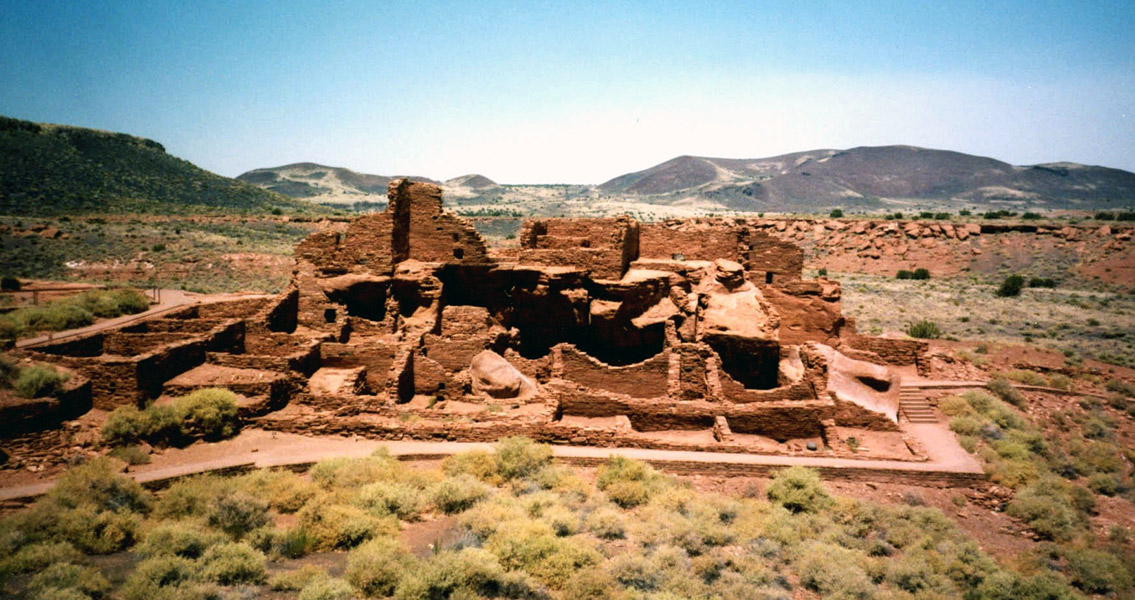<![CDATA[An ancient solar calendar and a treasure trove of never before documented rock art (in the form of petroglyphs) have been discovered in Northern Arizona by researchers with the National Park Service (NPS) and the Museum of Northern Arizona (NPA). Work in the backcountry of the Wupatki National Monument near flagstaff Arizona, the location of numerous sites constructed by the Ancestral Puebloans, began in 2014, when experts set out to identify and document the extent of rock art in the isolated reaches and remote mesas in the region – some of which hadn’t been seen in decades and others which had never been seen at all. The final result? A comprehensive library of images documenting every feature, element and panel in the study area, over 1,500 petroglyphs and a solar calendar tracking time for more than 700 years. For over two years researchers paid visits to the site of the solar calendar to watch and document the interaction of sunlight and shadows, especially during solstices and equinoxes. Panel 50, as it was labeled, had been originally documented by archaeologists in 1931, but wasn’t identified as a solar tracking device until the 1990’s. No further research was conducted to determine if it was, and if so how it worked, until now. Research has now confirmed that Panel 50 is in fact a solar calendar – a method of time-tracking that involves the interaction of shadow on shadow - to identify the winter solstice and the fall and spring equinoxes as well. Elements of Panel 50 are believed to have been put there by someone knowledgeable (by some other means) of the days these events fell on. Ethnographic literature clearly indicates that “sun watchers” or “sun priests” were commonly found in ancient Puebloan society, and played an important role in that society considering the timing of various dances and ceremonies required the careful observation of solar milestones. Researchers combed over areas called Horseshoe Mesa, Middle Mesa, and Little Mesa (a previously unnamed landform named by the research team). At Horseshoe Mesa they documented 122 panels containing rock art, 50 of them new finds. One hundred and seven panels were found at Middle Mesa and 8 of them were new finds. Many panels contained more than one and sometimes dozens of separate petroglyphs, The most modern markings, more like graffiti, were created by American settlers in the 1800’s at the same time the Navajo were scratching images of barns, cattle and horses into the rock. The majority of rock art however, appears to be the work of a group of ancestral Puebloans - the Kayenta who lived in the region between 1150 and 1300. The study also turned up evidence of human occupation dating back further than some researchers expected — including petroglyphs and a lone stone artifact that are typical of the so-called Late Archaic period, which dates back as much as 4,000 years. “The most significant finding was the discovery by MNA Archaeologist Nancy Mueller of a complete Elko Corner-notched dart point [a style that dated from 1500 to 4000 years ago], as well as the finding of Panel 92, an isolated petroglyph of a bighorn sheep of the Glen Canyon Linear style, which suggests a Late Archaic presence at Horseshoe Mesa,” David Purcell from MNA told Western Digs. ]]>
Wanted: Sun Watcher for Ancient Puebloan Solar Calendar Project
